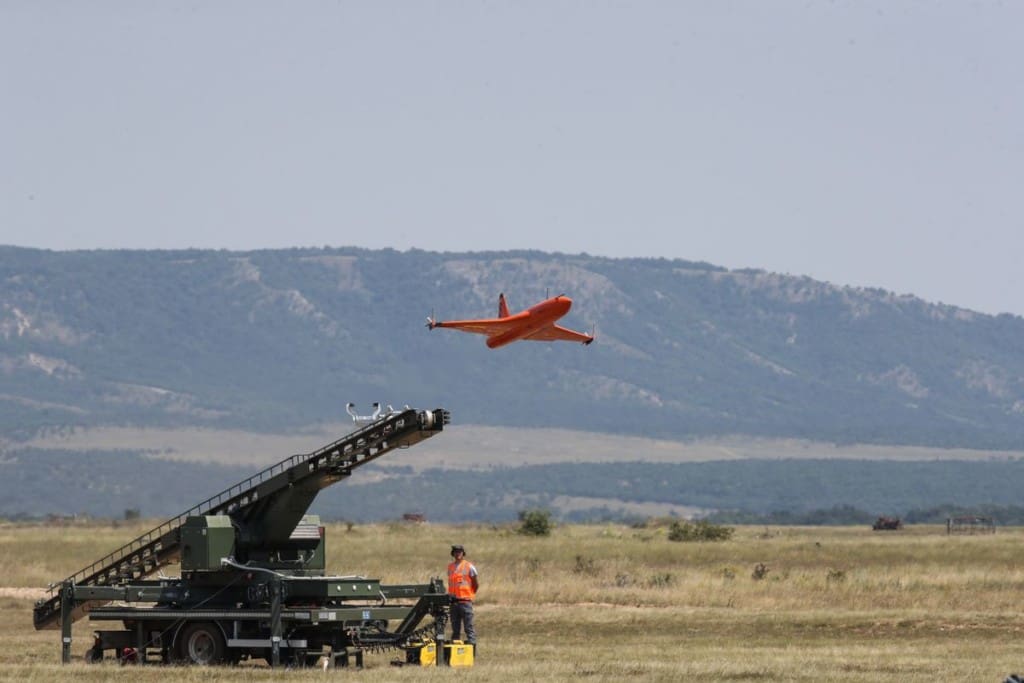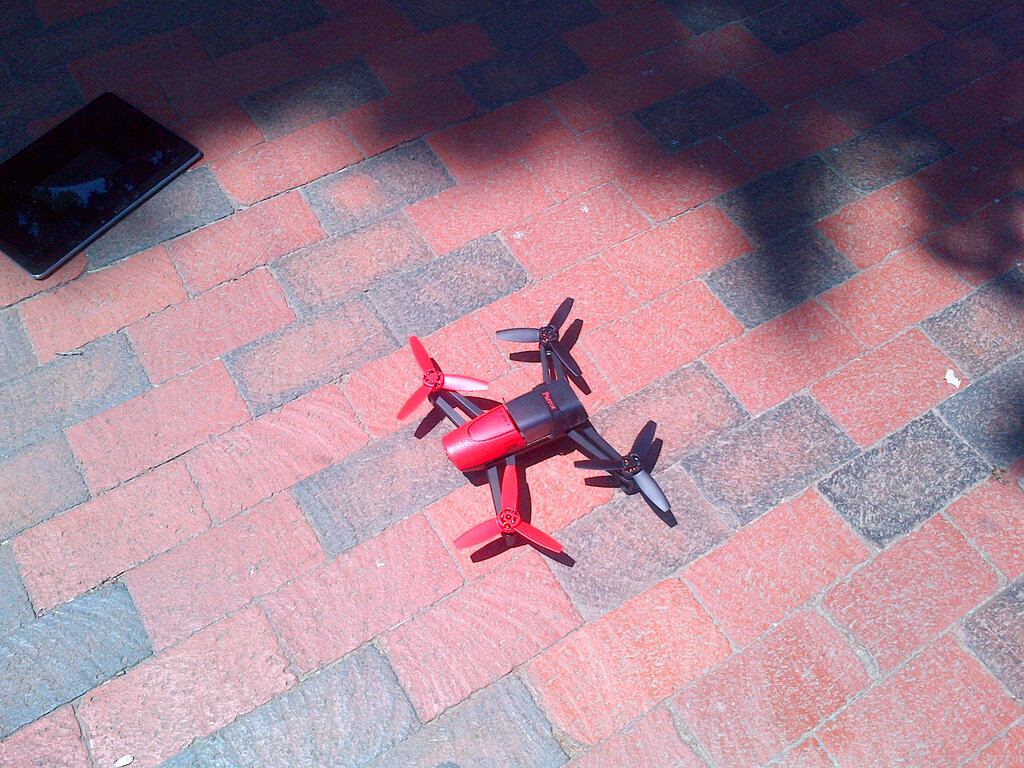The Russo-Ukrainian war has demonstrated the previously underestimated value of drones in warfare, and Hungary must quickly catch up in this area, the chief executive of a Hungarian drone manufacturer has claimed.
Speaking to the Hungarian news outlet Index, Zsolt Molnár, the CEO of civilian Hungarian drone maker Rotors & Cams, said that drone use allows even countries without a traditionally strong military industry to develop capabilities that represent a leapfrog in technology.
“We already knew that drone technology offers new opportunities compared to conventional military means. In the latter, decades of knowledge and technical background are very important, while new technologies offer opportunities to countries that did not have them before,” Molnár said.
“The development of drones has taken two directions. On the one hand, much of the defense industry has started to trickle down into the civilian world. On the other hand, a lot of modeling has started to be taken over by professional users. Today, these two areas are converging,” he said. “The defense industry’s ability and advantage to develop is not exclusive. There are many areas where the development directions of civil applications are now producing results that can be incorporated into defense technologies.”
Molnár also said that drone technology for military applications is one of the areas where there could be many more players than in traditional armaments.
“Countries at the forefront of military technology are also at the forefront of drone technology, including Germany, Israel, the United States, China and Turkey. Russia is also on this list, strictly in terms of capability. But many other countries have also seen the potential in drone technology, so there will be many more manufacturers and developers in this field in the future than in conventional aircraft,” he explained.
War in Ukraine showed the importance of drones
Molnár said that the war in Ukraine has made it clear to the whole world that a change of tack is needed. Many in the industry had been advocating the development of autonomous flight devices, but not everyone realized how pervasive and critical this technology was. Therefore Hungary must also include it in its military strategy, said Molnár, who is also a member of the board of Hungary’s industry body, the Drone Coalition.
“Until recently, the protection of civilian, standby, or even military installations with high defense requirements was planned in ‘two dimensions,’ since the threat from the air was limited, and this was ensured by the Hungarian Defense Forces through the protection of airspace. However, with the mass development of autonomous flight, a ‘third dimension’ of protection has become necessary, and this has to be built almost everywhere from scratch,” he said.
Molnár’s company is also the maker of the ProTAR drone, which the Hungarian military will use for target practice.







